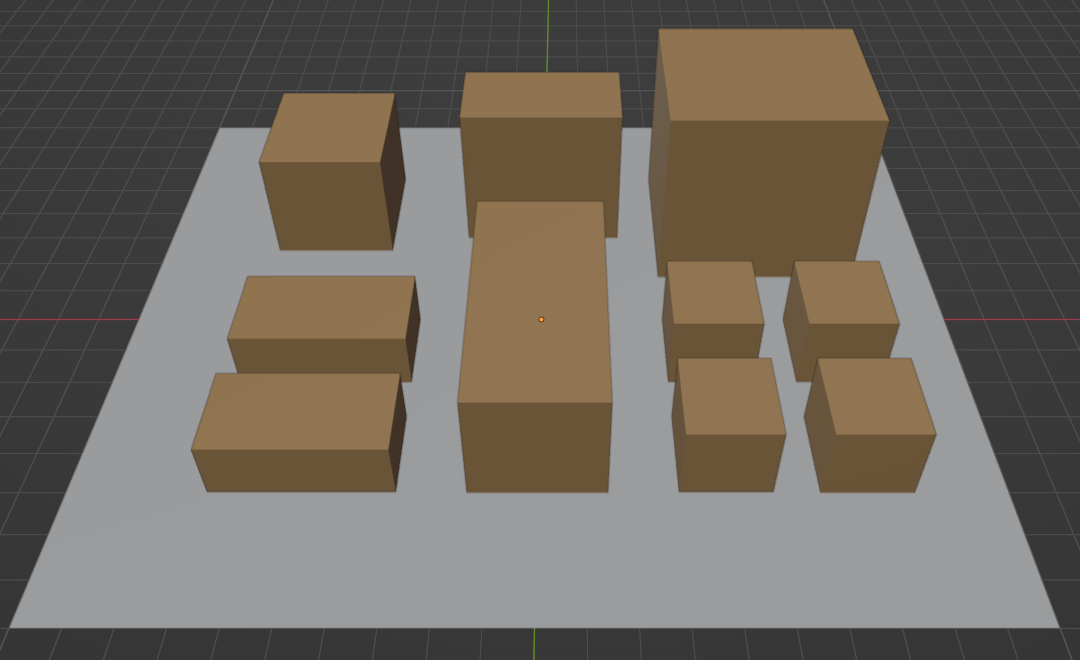Localization in Digital Twin MIMO Networks:
A Case for Massive Fingerprinting
IEEE International Conference on Communications (ICC) 2024
João Morais, Ahmed Alkhateeb
Wireless Intelligence Lab, Arizona State University, USA

Fig. 1. A real-world communication system and its digital replica. For the common case of downlink measurements, the network sends reference signals using particular beams in specific subbands and time instants, and the user reports the received power measurements.
Our proposed system uses the reported information from the user to localize it by matching it against a digital twin database.
Abstract
Localization in outdoor wireless systems typically requires transmitting specific reference signals to estimate distance (trilateration methods) or angle (triangulation methods). These cause overhead on communication, need a LoS link to work well, and require multiple base stations, often imposing synchronization or specific hardware requirements. Fingerprinting has none of these drawbacks, but building its database requires high human effort to collect real-world measurements. For a long time, this issue limited the size of databases and thus their performance. This work proposes significantly reducing human effort in building fingerprinting databases by populating them with digital twin RF maps. These RF maps are built from ray-tracing simulations on a digital replica of the environment across several frequency bands and beamforming configurations. Online user fingerprints are then matched against this spatial database. The approach was evaluated with practical simulations using realistic propagation models and user measurements. Our experiments show sub-meter localization errors on a NLoS location 95% of the time using sensible user measurement report sizes. Results highlight the promising potential of the proposed digital twin approach for ubiquitous wide-area 6G localization.
Proposed Solution

Fig. 2. Diagram of end-to-end fingerprinting-based localization system leveraging an offline-built digital twin. The twin is built from ray tracing simulations on all possible user locations on a precise 3D map of the deployment. The twin generates RF Maps for RSS values (or other simulated data) for different beams and subbands, thus replacing the human effort of real-world data collection.
These DT RF Maps can be updated or calibrated with real-world information. The maps are used in near real-time with online real-world user measurements to extract location probabilities and make a localization estimate decision.
Video Presentation
Proof-of-Concept DeepMIMO Dataset Scenario


DeepMIMO is a framework for generating large-scale MIMO datasets based on 3D Ray-tracing.
A DeepMIMO dataset is fully defined by (i) the ray-tracing scenario and (ii) the set of generation parameters.
DeepMIMO enables a wide range of machine/deep learning communication and sensing applications.
This specific DeepMIMO scenario is included with the code and can be found in the following GitHub Repository.
Reproduce the Results
The video above shows how to obtain all the results presented in the paper. To understand each part of the code in more detail, refer to the in-depth explanation video, also present in the GitHub repository. The in-depth code explanation video also provides a short introduction to this work, how to set the environment, and how to build upon this effort.
Citation
A. Alkhateeb, “DeepMIMO: A Generic deepLearning Dataset for Millimeter Wave and Massive MIMO Applications,” Proc. of Information Theory and Applications Workshop (ITA), 2019
@InProceedings{Alkhateeb2019,
author = {Alkhateeb, A.},
title = {{DeepMIMO}: A Generic Deep Learning Dataset for Millimeter Wave and Massive {MIMO} Applications},
booktitle = {Proc. of Information Theory and Applications Workshop (ITA)},
year = {2019},
pages = {1-8},
month = {Feb},
Address = {San Diego, CA}, }
J. Morais and A. Alkhateeb, “Localization in Digital Twin MIMO Networks: A Case for Massive Fingerprinting”, ArXiV, 2024
(To appear in ICC 2024 Workshop on Synergies of Communication, Localization, and Sensing Towards 6G)
@misc{Joao2024LocDT,
title={Localization in Digital Twin MIMO Networks: A Case for Massive Fingerprinting},
author={João Morais and Ahmed Alkhateeb},
year={2024},
eprint={2403.09614},
archivePrefix={arXiv},
primaryClass={cs.IT}, }

